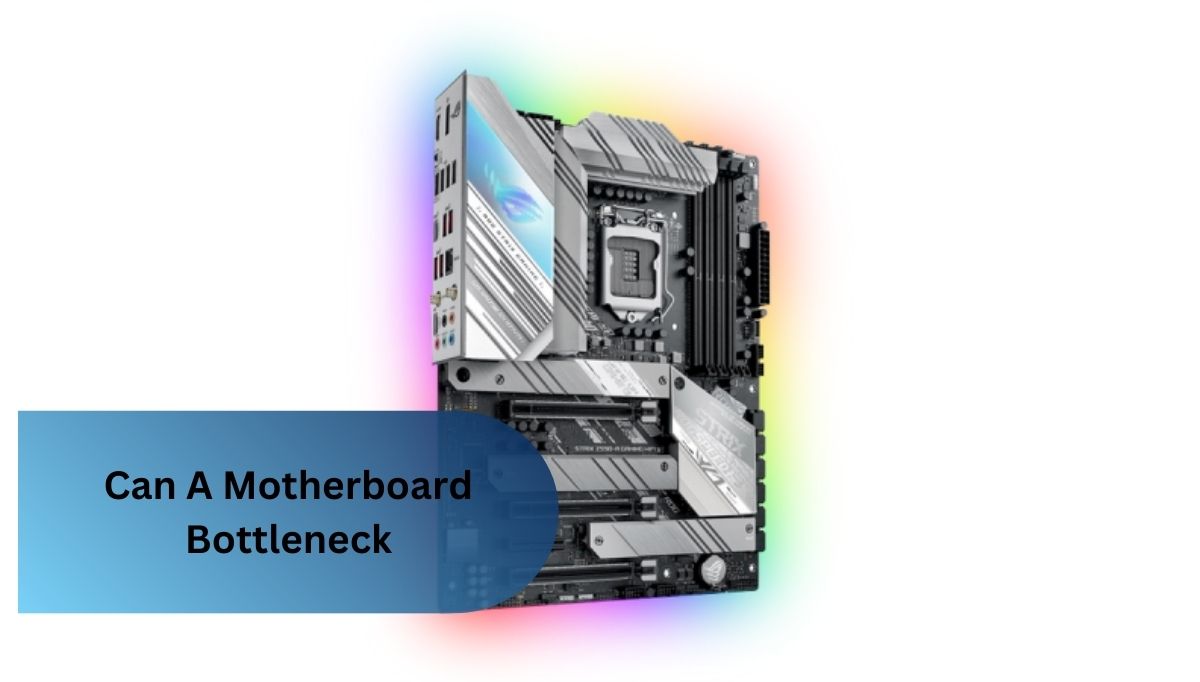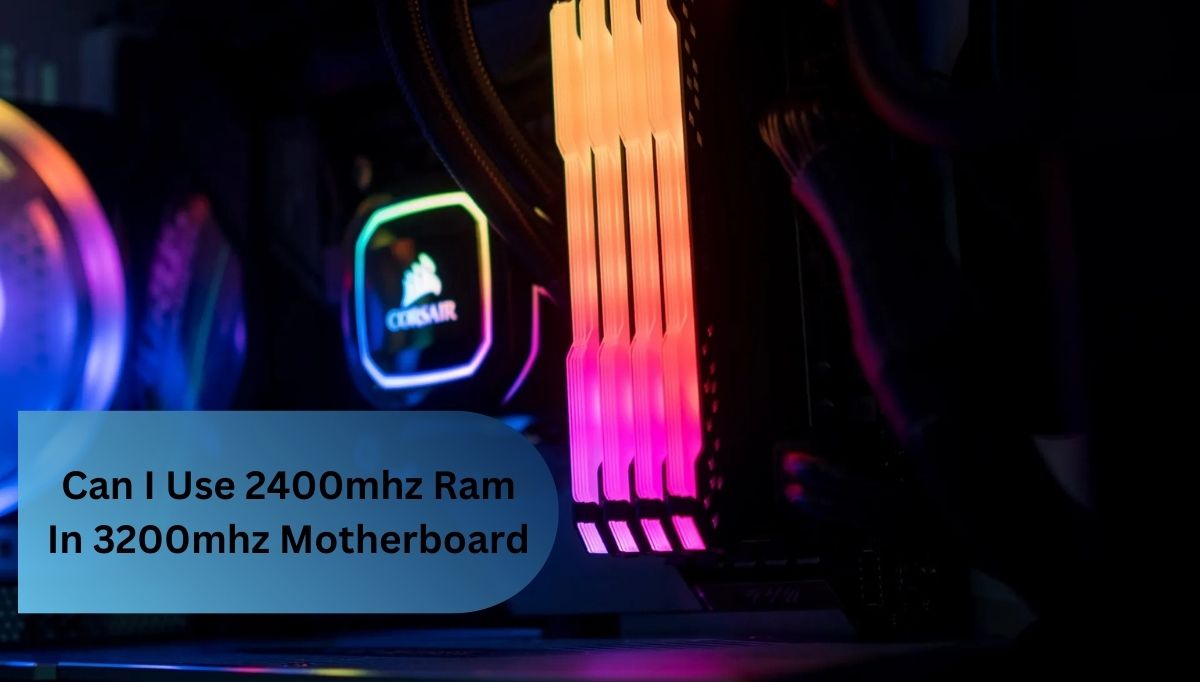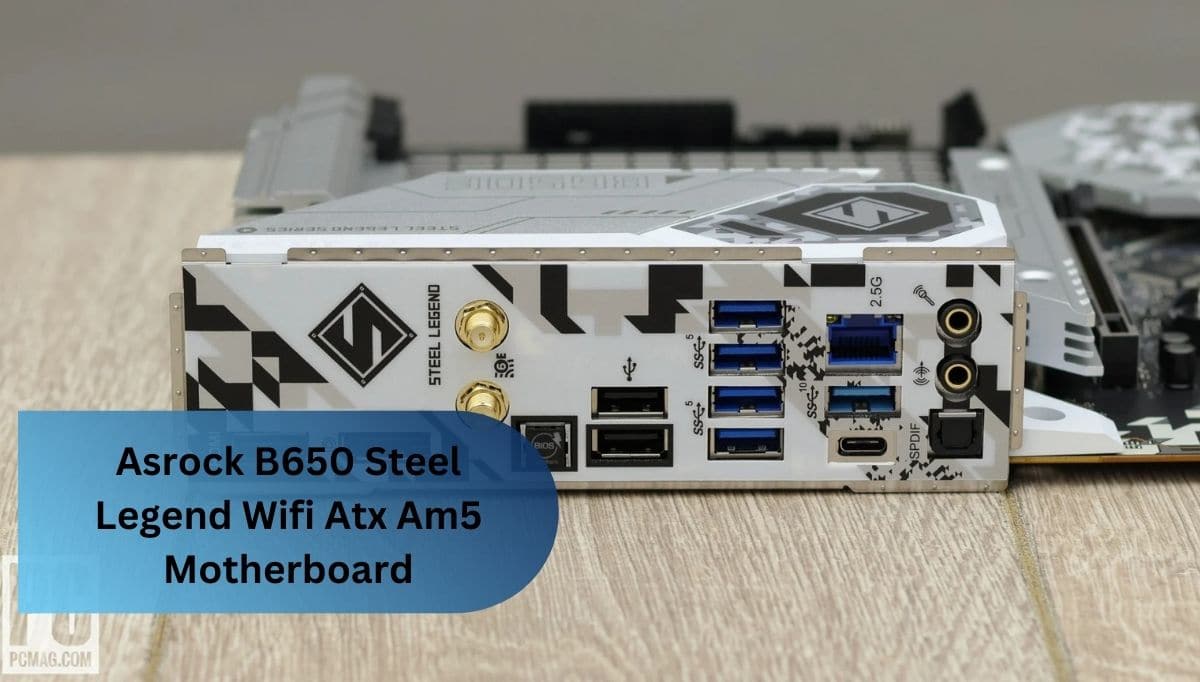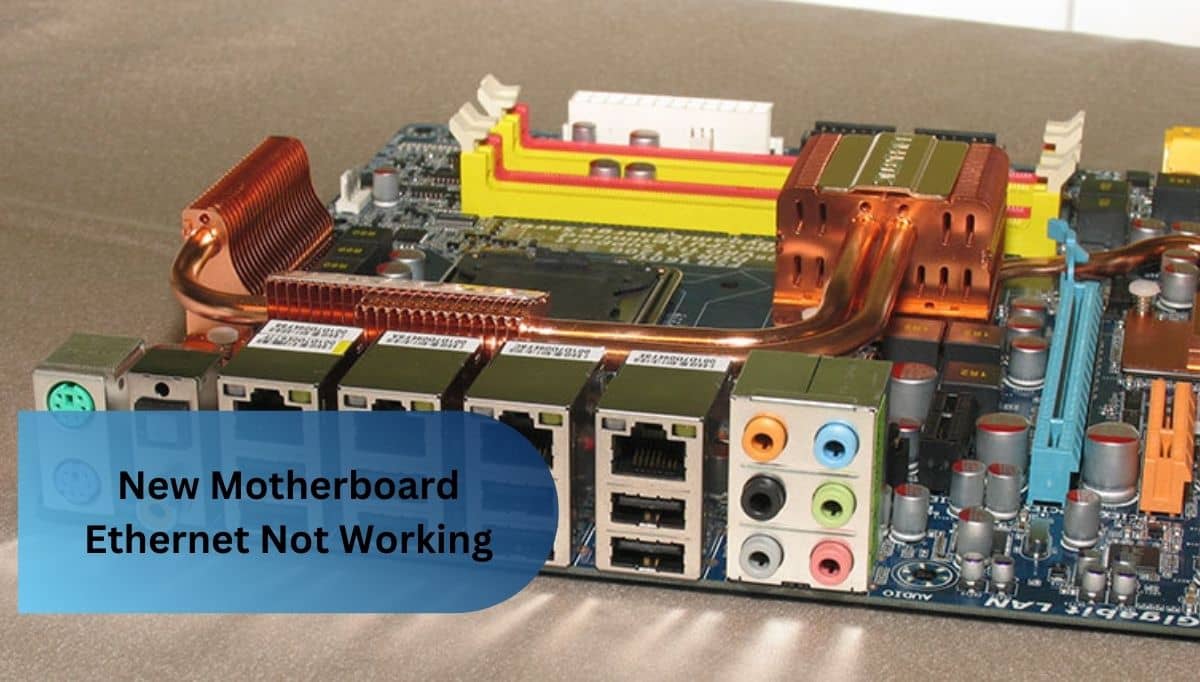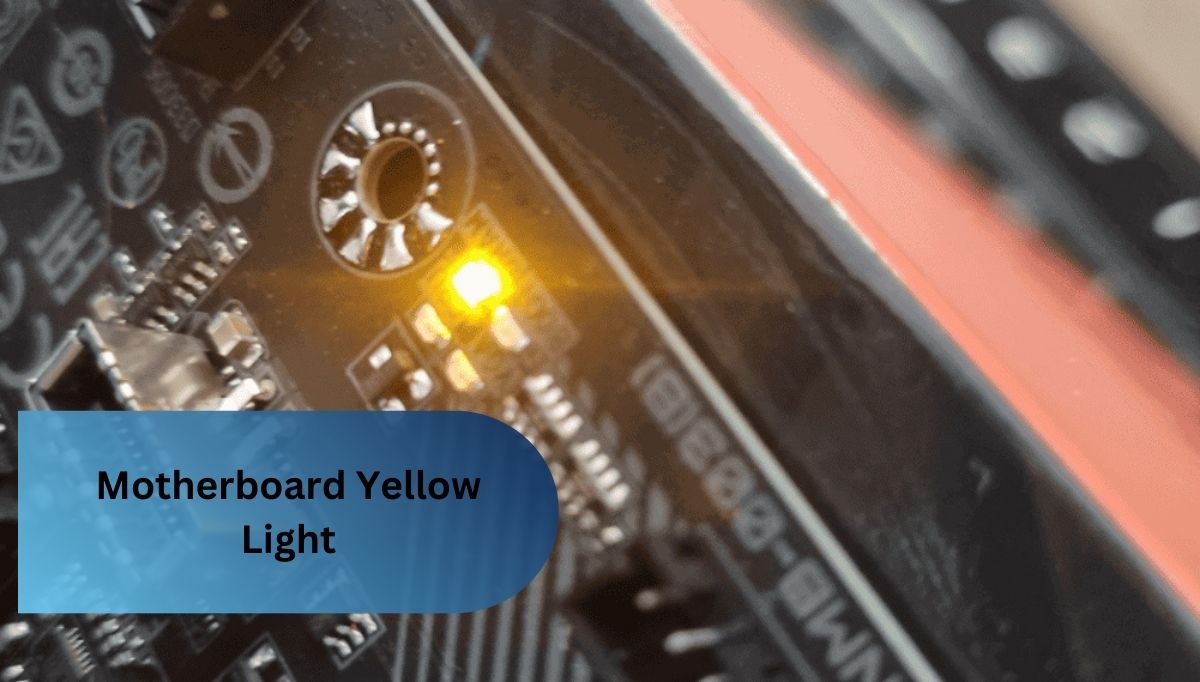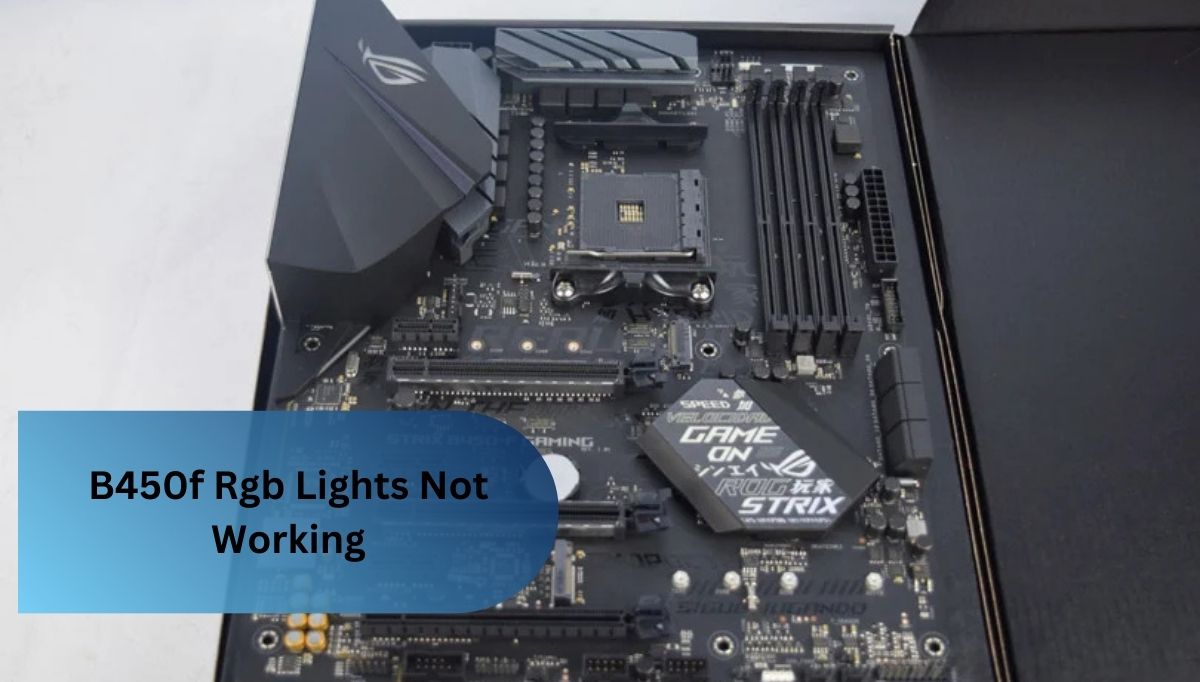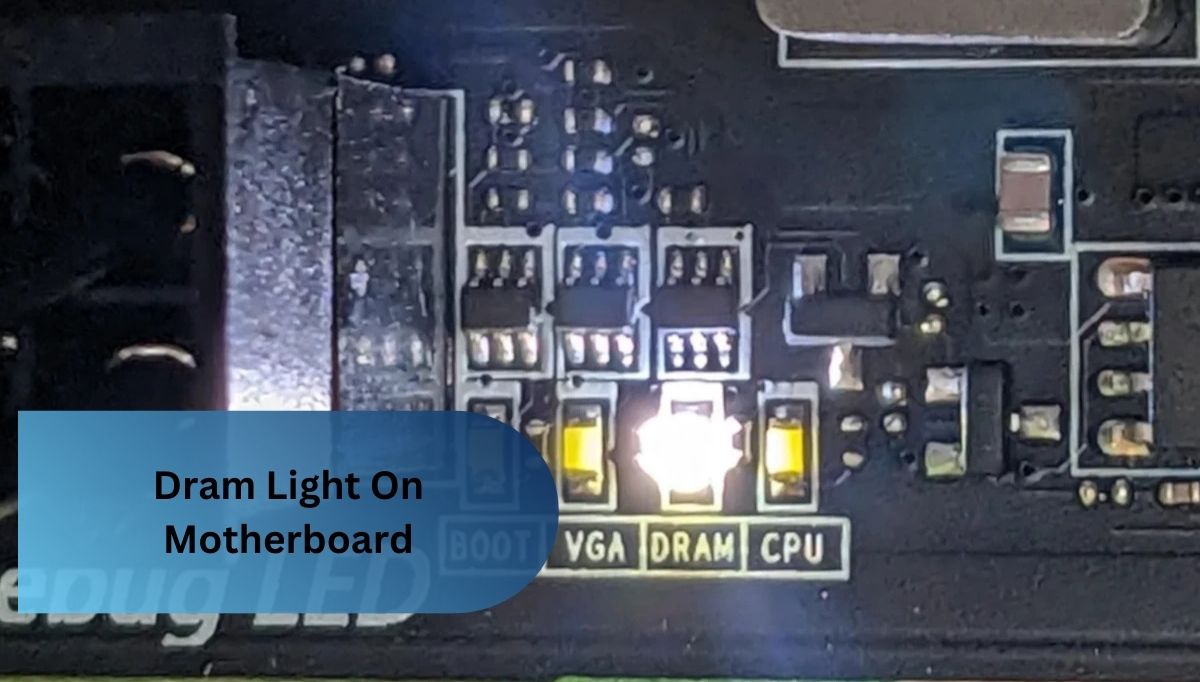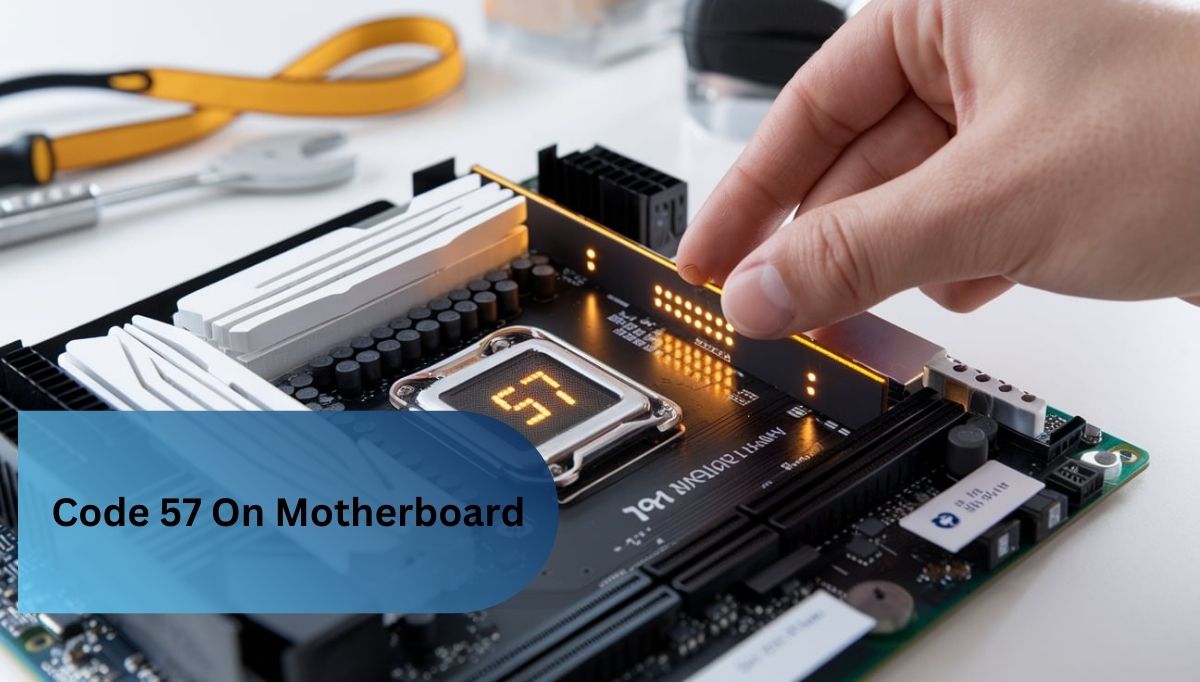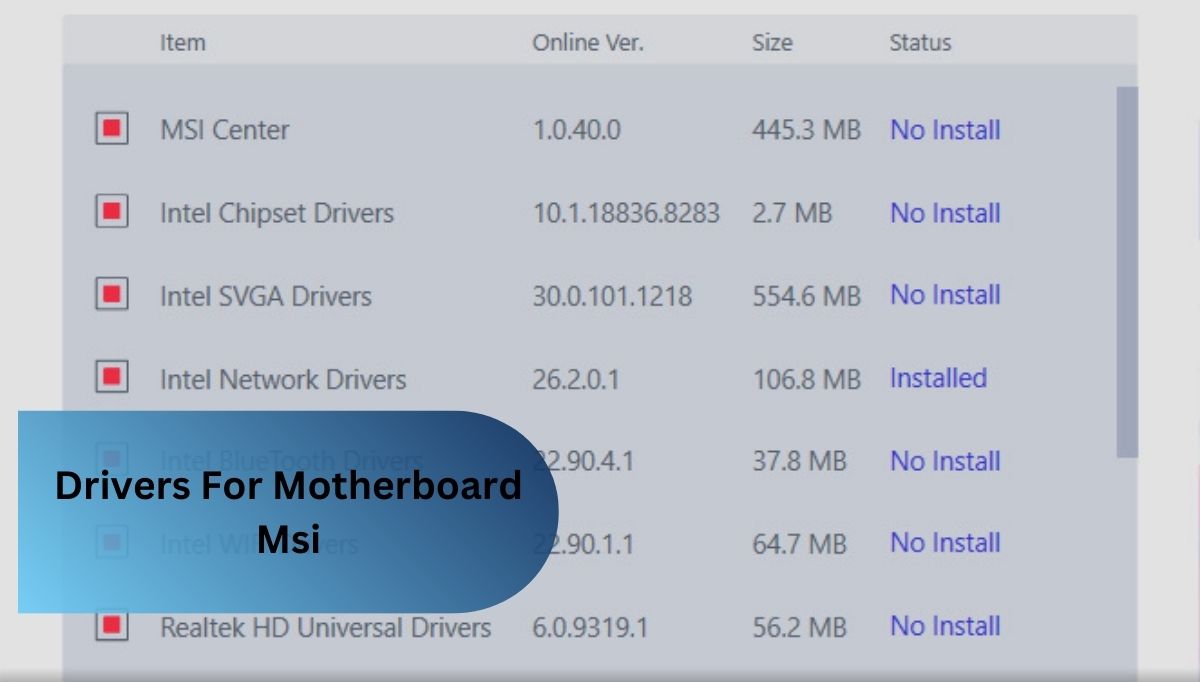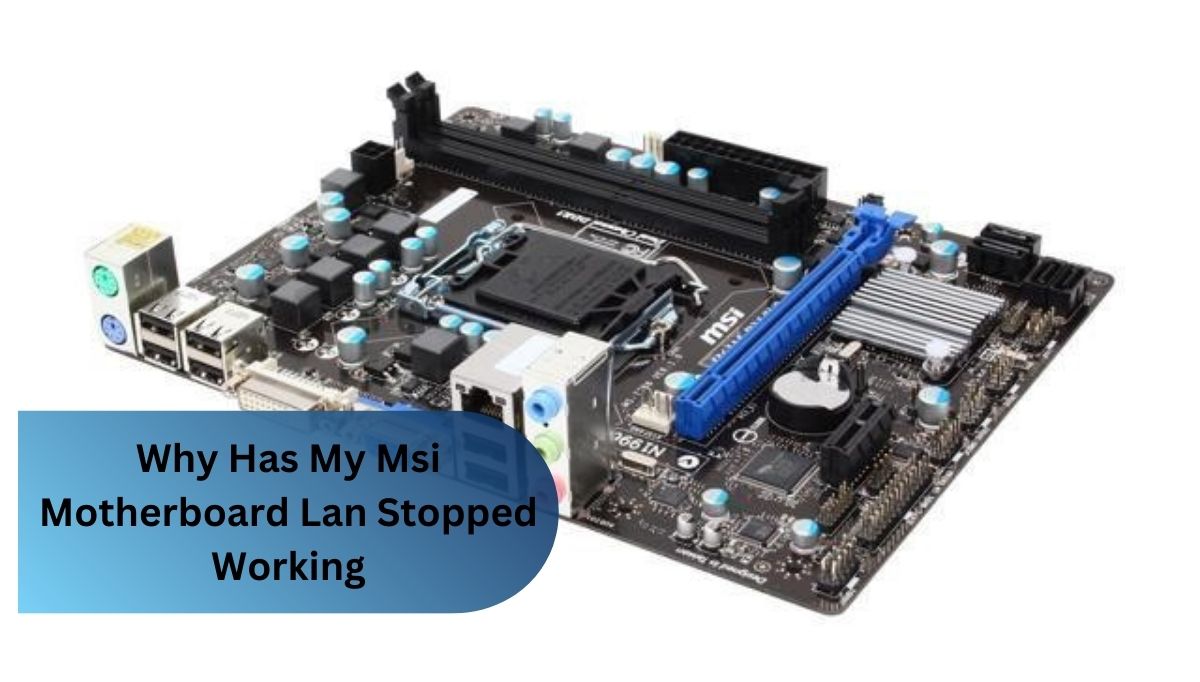When I upgraded to a high-end CPU but kept my old motherboard, I noticed strange stutters in demanding tasks. Turns out, the board’s weak power delivery was holding my processor back, making it feel like I hadn’t upgraded at all.
Yes, a motherboard can bottleneck if it can’t handle the CPU’s power, speed, or features. It’s like having a fast engine in a car with weak fuel lines—it won’t run at its best.
In this article, we explored how a motherboard can bottleneck your system by limiting performance due to factors like power delivery and compatibility. We also discussed how to prevent these bottlenecks through careful motherboard selection and understanding its role in your build.
Introduction Can A Motherboard Bottleneck
The question, Can a Motherboard Bottleneck, arises when building or upgrading a PC, as the motherboard plays a crucial role in determining system performance. A motherboard can bottleneck if it lacks the power delivery system to support a high-performance CPU effectively.
Additionally, Can a Motherboard Bottleneck be caused by outdated chipset or socket compatibility, limiting the features of newer processors? Yes, it can, especially if its memory support is restricted, which directly impacts the CPU’s potential.
Expansion slots also answer the query, Can a Motherboard Bottleneck, as limited PCIe lanes may restrict the speed of GPUs or storage devices. Understanding these factors clarifies how Can a Motherboard Bottleneck affects overall performance.
Understanding The Role Of The Motherboard
The motherboard is the central hub that connects and manages communication between all components in a computer. It determines compatibility with CPUs, RAM, and storage, directly impacting system performance.
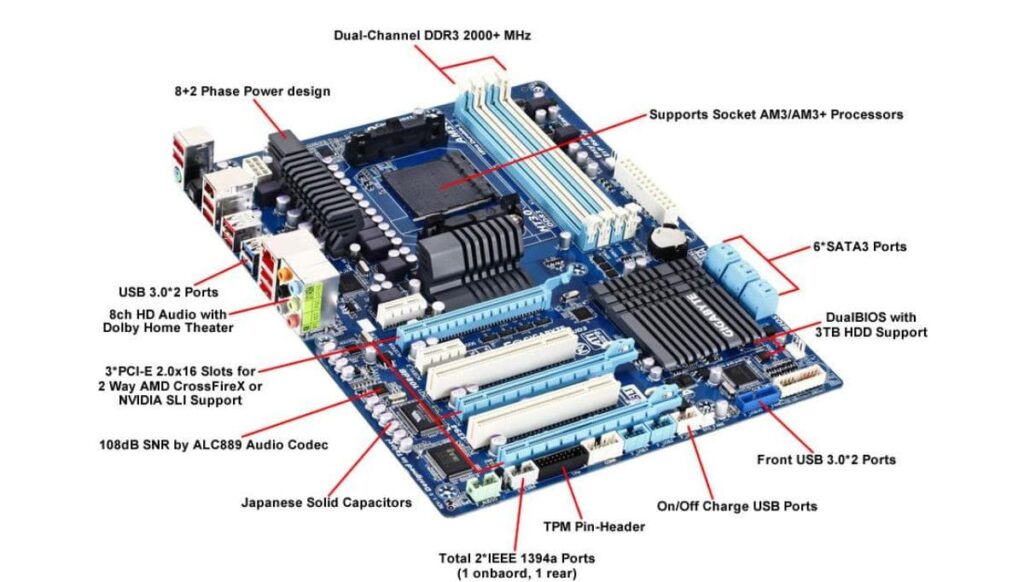
A motherboard’s quality influences power delivery, data transfer speeds, and the ability to upgrade hardware. Choosing the right motherboard ensures your system runs smoothly and efficiently without limiting potential.
What Is A Bottleneck?
A bottleneck is a point in a system where performance is limited by a single component, slowing down the entire process. In computing, it happens when one part, like a CPU or GPU, is held back by the capabilities of another, such as a motherboard or memory. Identifying and resolving bottlenecks is crucial for achieving optimal performance.
Read Also: Can I Use 2400mhz Ram In 3200mhz Motherboard – A Complete Guide!
Factors Where A Motherboard Can Bottleneck A Gpu
1. Limited PCIe Lane Support:
Limited PCIe lane support can restrict the amount of data a GPU can process, leading to slower performance in demanding tasks. This happens when the motherboard doesn’t provide enough lanes for the GPU to operate at its full potential.
2. Outdated PCIe Version Compatibility:
An outdated PCIe version on the motherboard can limit the data transfer rate between the GPU and the rest of the system. This mismatch reduces the GPU’s potential performance, especially with high-end graphics cards relying on faster communication.
3. Insufficient Power Delivery for Components:
If a motherboard can’t supply enough power to the GPU through its VRM or connectors, the GPU may underperform or throttle. This limitation can hinder the GPU’s ability to run at its full potential, especially under heavy loads.
4. Inadequate Cooling Solutions:
Inadequate cooling solutions can cause a motherboard to struggle in supporting high-performance GPUs, leading to thermal throttling. When heat isn’t properly managed, both the GPU and motherboard may underperform, limiting overall system efficiency.
5. Restricted Bandwidth for High-Speed Data:
Restricted bandwidth occurs when the motherboard can’t handle the high data transfer rates required by modern GPUs. This limits the GPU’s ability to perform at its full potential, causing slowdowns in demanding tasks.
6. Compatibility Issues with Modern GPUs:
Some older motherboards may not support the latest GPU models due to outdated socket or PCIe slot configurations. This can cause compatibility issues, preventing the GPU from performing at its full potential.
7. Lack of Support for Multi-GPU Configurations:
A motherboard without support for multi-GPU setups limits the ability to use multiple graphics cards for enhanced performance. This restriction can prevent gamers or professionals from taking advantage of technologies like NVIDIA SLI or AMD CrossFire.
Mitigating The Risk Of A Motherboard Bottleneck
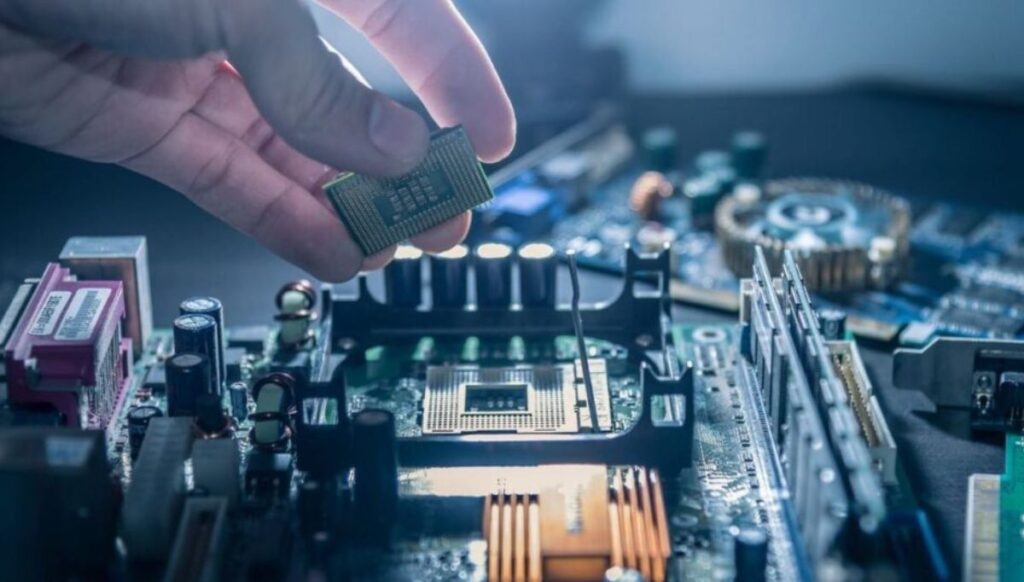
- Choose a Compatible Chipset: Ensure your motherboard’s chipset matches the capabilities of your CPU and GPU for optimal performance.
- Upgrade Power Delivery: Select a motherboard with strong power regulation to handle high-performance components without throttling.
- Check for PCIe Support: Look for motherboards with the latest PCIe versions and enough lanes to fully support your GPU.
- Ensure Adequate Cooling: Opt for a motherboard that supports efficient cooling solutions to prevent thermal throttling.
- Maximize Memory Compatibility: Choose a motherboard that supports fast, high-capacity RAM to avoid memory-related slowdowns.
- Consider Future Upgrades: Select a motherboard with expansion options to prevent future bottlenecks as you upgrade other components.
Making An Informed Decision
1. Assessing Your System’s Needs:
- Define Your Primary Usage: Identify whether you’ll be gaming, video editing, or doing everyday tasks to choose the right motherboard features.
- Determine Required Performance: Consider the level of performance needed, such as fast processing speeds for gaming or multitasking.
- Budget Consideration: Know your budget range to find a motherboard that balances price with the features you need.
- Think About Expansion Needs: Decide if you’ll need extra PCIe slots, RAM slots, or storage options for future upgrades.
- Prioritize Connectivity: Ensure the motherboard offers the ports and connectivity (USB, Ethernet, Wi-Fi) you’ll frequently use.
Read Also: Gigabyte B650 Gaming Motherboard Booting To Black Screen – A Unique Guide!
2. Prioritizing Compatibility:
Prioritizing compatibility means ensuring all your components work seamlessly together. Make sure your motherboard supports the specific CPU, GPU, and RAM you plan to use. Checking socket types, power requirements, and memory slots before buying can save you from future issues.
3. Evaluating Power Delivery and Cooling:
Power delivery ensures your CPU and GPU get the stable voltage they need for peak performance. A motherboard with strong power regulation prevents throttling and instability during heavy workloads. Efficient cooling solutions are equally important, as they keep temperatures in check to avoid thermal issues and maintain smooth operation.
4. Future-Proofing Your Build:
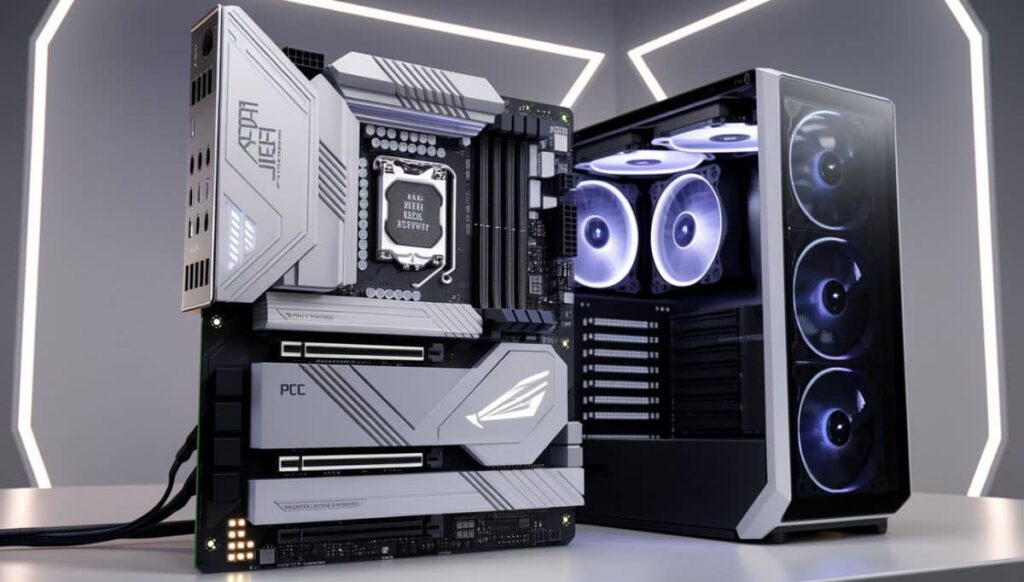
- Choose a Motherboard with Latest Standards: Opt for motherboards that support the latest PCIe, RAM speeds, and connectivity standards to stay compatible with future upgrades.
- Leave Room for Expansion: Ensure your motherboard has extra PCIe slots, memory slots, and storage connectors for future hardware additions.
- Consider Overclocking Potential: Select a motherboard with strong power delivery and cooling options, especially if you plan on overclocking in the future.
- Support for Newer Processors: Pick a motherboard with a chipset that can accommodate upcoming generations of CPUs without requiring a full system upgrade.
- Invest in Robust Build Quality: A durable motherboard with high-quality components can extend its lifespan and ensure better performance over time.
FAQ’s
1. Can a motherboard bottleneck a CPU?
Yes, if the motherboard’s power delivery system or chipset isn’t strong enough to support the CPU’s performance, it can cause a bottleneck.
2. How can I tell if my motherboard is bottlenecking my GPU?
Check if your GPU is underperforming despite having enough power, or if the motherboard’s PCIe version and lanes are limiting the GPU’s potential.
3. Can upgrading my motherboard fix performance issues?
Upgrading to a motherboard with better power delivery, more PCIe lanes, and support for newer technologies can resolve bottlenecks and boost overall performance.
4. What factors cause a motherboard to bottleneck a system?
A motherboard can bottleneck due to poor power delivery, outdated chipset, limited PCIe lanes, or insufficient memory and cooling support.
5. Is a motherboard bottleneck more common with high-end components?
Yes, high-end CPUs and GPUs are more demanding, and an inadequate motherboard can more easily cause a bottleneck, limiting their full potential.
Conclusion:
A motherboard can bottleneck a system if it fails to support the power, speed, or compatibility requirements of the components. Understanding the role of the motherboard in terms of power delivery, expansion support, and cooling is crucial for ensuring optimal performance.
By choosing the right motherboard that aligns with your hardware needs, you can avoid bottlenecks and maximize your system’s potential.
Read More:








